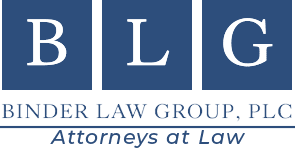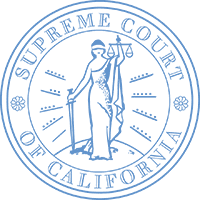Ride-Sharing Accidents: Your Rights Against Uber & Lyft in Riverside
The rise of ride-sharing services like Uber and Lyft has transformed urban transportation, offering convenience and accessibility. However, with this growth comes an increase in accidents involving these vehicles. Understanding your rights as a passenger or another party involved in a ride-sharing accident is crucial, especially in Riverside, California. This article will delve into common causes of these accidents, the parties typically held responsible, essential steps to take after an accident, how ride-sharing companies handle claims, and what victims should know about seeking compensation.
Common Causes of Ride-Sharing Accidents
Ride-sharing accidents can occur for various reasons that are often similar to those seen in traditional vehicle collisions. Some prevalent causes include:
- Distracted Driving: Drivers may become distracted by their mobile apps while navigating to pick up or drop off passengers.
- Speeding: The pressure to complete rides quickly can lead drivers to exceed speed limits.
- Fatigue: Many ride-share drivers work long hours, which can impair their ability to drive safely.
- Poor Weather Conditions: Rain or fog can reduce visibility and road traction, increasing the likelihood of accidents.
- Inexperienced Drivers: Some drivers may not have extensive experience on the road or with the specific demands of being a ride-share driver.
Each of these factors contributes significantly to the risk associated with ride-sharing services.
Who is Typically Responsible?
Determining liability in a ride-sharing accident can be complex due to the nature of employment relationships between drivers and companies like Uber and Lyft. Generally speaking:
- Driver Liability: If the driver was negligent (e.g., speeding or driving under the influence), they could be held personally liable for any damages resulting from an accident.
- Company Liability: Both Uber and Lyft carry insurance policies that cover their drivers while they are engaged in a ride (from accepting a passenger request until dropping them off). In many cases, if a driver is at fault during this period, liability may extend to the company.
- Third Parties: Other motorists or pedestrians involved may also share responsibility depending on the circumstances surrounding the accident.
Understanding who bears responsibility is vital for victims seeking compensation for injuries or damages sustained during an incident.
Steps to Take After an Accident
If you find yourself involved in a ride-sharing accident, taking specific actions can help protect your rights:
- Ensure Safety First: Move to a safe location if possible and check for injuries among all parties involved.
- Call Emergency Services: Report the accident regardless of severity; police reports can serve as critical evidence later on.
- Exchange Information: Collect contact details from all parties involved including other drivers, witnesses, and your driver’s information (name, phone number, vehicle details).
- Document Everything: Take photographs of vehicle damage, license plates, road conditions, traffic signs; this documentation will be useful later.
- Report the Incident: Notify Uber or Lyft through their app regarding the incident so they are aware and begin processing any potential claims.
Following these steps ensures that you have taken necessary precautions for both your safety and future legal considerations.
How These Companies Handle Accident Claims
Uber and Lyft have established procedures for handling accident claims involving their drivers. When notified about an incident:
- Investigation Process: Both companies conduct internal investigations reviewing available data from their apps (such as GPS records) alongside police reports.
- Insurance Coverage Evaluation: They assess which insurance policy applies based on whether the driver was logged into the app at the time of the accident—either waiting for a request or actively transporting passengers.
- Compensation Offers: Depending on findings from their investigation and applicable insurance coverage limits, they may offer compensation for medical bills or property damage.
It’s important to understand that while these companies aim to address claims fairly promptly, outcomes might vary based on individual circumstances surrounding each case.
What Victims Should Know About Seeking Compensation
Navigating compensation claims after a ride-sharing accident involves understanding several key aspects:
-
Insurance Policies Matter: Familiarize yourself with both your own insurance policy as well as those provided by Uber or Lyft; knowing coverage limits helps set expectations when seeking compensation.
-
Medical Documentation is Essential: Maintain thorough records of all medical treatments received post-accident; this documentation will support your claim regarding injury-related expenses.
-
Legal Representation May Be Beneficial: While not mandatory, consulting with personal injury attorneys experienced in dealing with ride-sharing cases can provide valuable guidance throughout your claim process.
Victims should remain proactive about pursuing rightful compensation by understanding these components thoroughly before proceeding further.
In summary, while riding with services like Uber and Lyft offers convenience unmatched by traditional taxis or public transport systems; it also carries inherent risks reflected through potential accidents on our roads today. By being informed about common causes behind such incidents along with knowing how best to navigate post-collision processes ensures that individuals maintain awareness over their rights—empowering them when faced with unforeseen challenges ahead involving rideshare-related mishaps within Riverside’s bustling streetscape!











